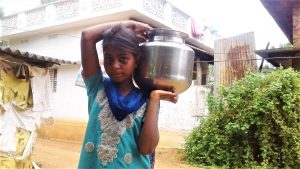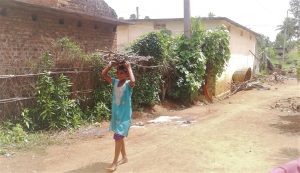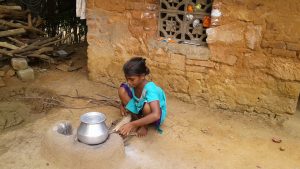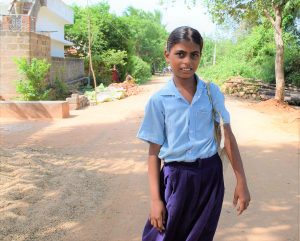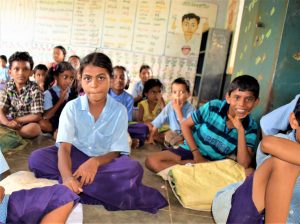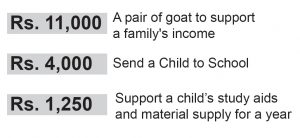CASA BLOGS
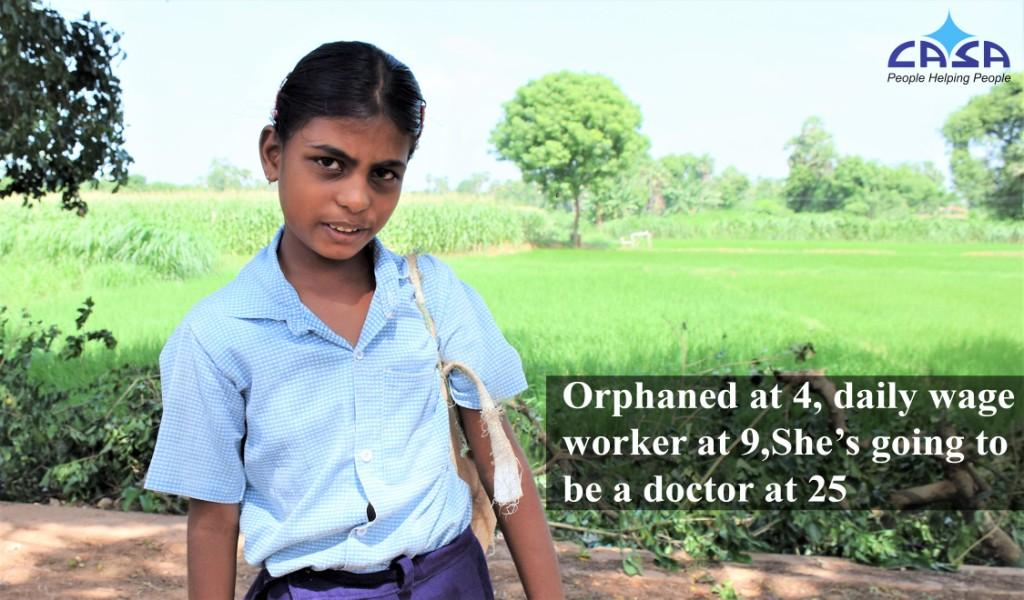
Orphaned at 4, Daily wage worker at 9, to become a Doctor by 25
Yes, I will like to provide Education and Dignity to a Girl Child…
Imagine your child’s face doing something they love. Imagine the innocence and pure joy on their face when they are happy. It brings a smile to your face, doesn’t it? Why wouldn’t it? Everyone likes to see children happy, especially their own. Everyone likes to provide the best they possibly can for their child.
But what if your best isn’t good enough? What if, instead of watching them play, you have to watch your child go to work for a full day of hard manual labour? What if you can’t send your child to school because you need them to earn or be a substitute parent for their younger siblings? What if your child dreams of becoming a doctor but you watch their dream being crushed under every brick they lay or stone they carry on their young shoulders?
There are millions of such heart breaking stories in India. One of them is young Sravanthi’s story.
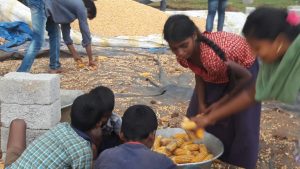 Sravanthi should have been in school when she was working – harvesting chillies and working in bricks kilns – all day under the hot sun, with no respite.
Sravanthi should have been in school when she was working – harvesting chillies and working in bricks kilns – all day under the hot sun, with no respite.
“How much do you earn a day in the field?” we asked her when we met her.
“100 rupees a day if I work for eight hours,” was her heart breaking reply.
“What do you do with the money?” we asked her.
“I give it to my grandmother,” she said, without hesitation. The child’s daily earnings would buy food for the whole family.
Sravanthi used to go to school but tragedy and economic adversity snatched the right of education away from her. She lost her parents when she was only 4 years old. Her eyes still well up at the mention of her parents who died due to a paralyzing illness. She also lost her uncle soon after, and went to live with her grandparents.
For the next 5 years, Sravanthi went to a government school and tried to study even while doing household work. But, eventually, she had to quit school and start working full time for a measly daily wage. Her grandparents, both in their late 60s, could no longer support her financially.
Apart from working outside, Sravanthi had to walk a distance of at least a kilometre to fetch water and firewood so that she and her grandmother could cook the day’s meals. Nine-year-old Sravanthi would pack some food for herself and walk another kilometre to work.
She would get one hour for lunch every day but no other breaks. Work never stopped for Sravanthi. Even though she was paid only for eight hours, this 9-year-old girl would do hard manual labour from dawn to dusk, relentlessly.
When we met Sravanthi for the first time, she had innumerable bruises on her hands and arms – some new, some old. She would wince when we touched her arm, but she didn’t cry. Her work under harsh conditions had toughened her to an extent that no child should ever know.
She had cuts from using tools only meant for adults, and she could not walk properly because of a wound on her foot. But she didn’t want to take a day off from work to heal. A day without wages meant a day without food.
When we met Sravanti, she was 11 years old, and had been out of school and working for two years already. It was going to be a tough task to put her back in school but it was something we were determined to do.
At first, she didn’t understand what we were saying when we told her that she could go back to school. Ithad become a distant dream for her by now, one she had never hoped to achieve.
“Do you want to go to school?” we asked her.
“Yes, but I can’t,” she said.
“Why not?”
“No one will pay me to go to school,” came her reply. Life, for her, was all about earning the bare minimum amount she could to survive.
But we persisted. We made her take us to her grandparents, who lived in a small hut with Sravanthi.
When we told her grandmother that we want to make it possible for Sravanthi to go to school again, she wasn’t too happy about it.
“If she goes back to school, who will earn?” she asked us. It was an understandable problem for an aged lady who couldn’t work herself anymore and who relied on her only grandchild’s earnings to survive.
Sravanthi and her grandparents had no help from their extended family. No one cared enough to even check on them once in a while.
We needed to figure out a way for Sravanthi to go to school and for her grandmother to keep getting some income. So CASA India, through its Income Generation Programme, gave two goats to Sravanthi’s grandmother from which she could generate a steady income and not have to rely on torturous child labour.
When we worked it all out and admitted Sravanthi into a CASA bridge school, she couldn’t believe what she was seeing. She could study, and learn how to read and write again. She no longer had to spend all day working tirelessly under the sun. Now, she could spend those hours studying.
Yes, I can be a doctor now!
Sravanthi didn’t have to express her gratitude in words. We could see it in her joyous smile. On her first day back in school, she couldn’t say a word because whenever she would try, she would burst into tears.
A year after studying in a CASA bridge school, Sravanthi was admitted in Class 6 in a government school this year. Now, Sravanthi is thriving and being in school is her favourite time of the day.
“What do you do at home?” we asked her, expecting a childlike reply.
“I wait for the moment when I can go back to school,” she said, without batting an eyelid. While we, as kids, couldn’t wait to go back home from school, or skip a day or two, this little girl can’t wait to go back every single day.
Even though things are now looking better for Sravanthi, she still has to work at home. She still wakes up at 5am every day and walks a kilometre to fetch water and firewood for the house. She still helps her grandmother with cooking and other household chores, apart from going to school and trying to keep up with her peers.
Sravanthi’s determination is admirable and often not found in adults thrice her age. From a labourer, for whom a life of illiteracy was a very real possibility, she is now going one step further every day to make the world a better place for herself.
There were 35 children engaged in manual labour in Sravanthi’s village alone, and 6 of them are now in government school. But there’s still a lot to be done for thousands of children like Sravanthi all over India.
With the help of bridge schools, which help smoothen the process of bringing children back to school, and supplementary education centres, which help these children keep up with their peers, CASA India is spearheading the effort to reduce illiteracy in India and to keep children away from manual labour.
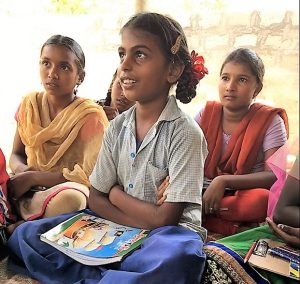 Now, these children need your help too. It looks like one more boring statistic, but pay attention here. A shocking 47 percent of children in India drop out of from school between Class 1 and 10. That’s nearly half the school-going children in our country. But you can make a difference in this statistic and help educate children like Sravanthi and enable them to step out of a life of misery.
Now, these children need your help too. It looks like one more boring statistic, but pay attention here. A shocking 47 percent of children in India drop out of from school between Class 1 and 10. That’s nearly half the school-going children in our country. But you can make a difference in this statistic and help educate children like Sravanthi and enable them to step out of a life of misery.
Donate, and help us educate India’s children, so that another generation doesn’t have to suffer through the tortures of child labour.
DONATE NOW
 Previous Blog Post Paving a Way for RIGHT TO DIGNIFIED LIFE
Previous Blog Post Paving a Way for RIGHT TO DIGNIFIED LIFE ‘It is not enough to adapt to the effects of climate change’
‘It is not enough to adapt to the effects of climate change’Featured Post
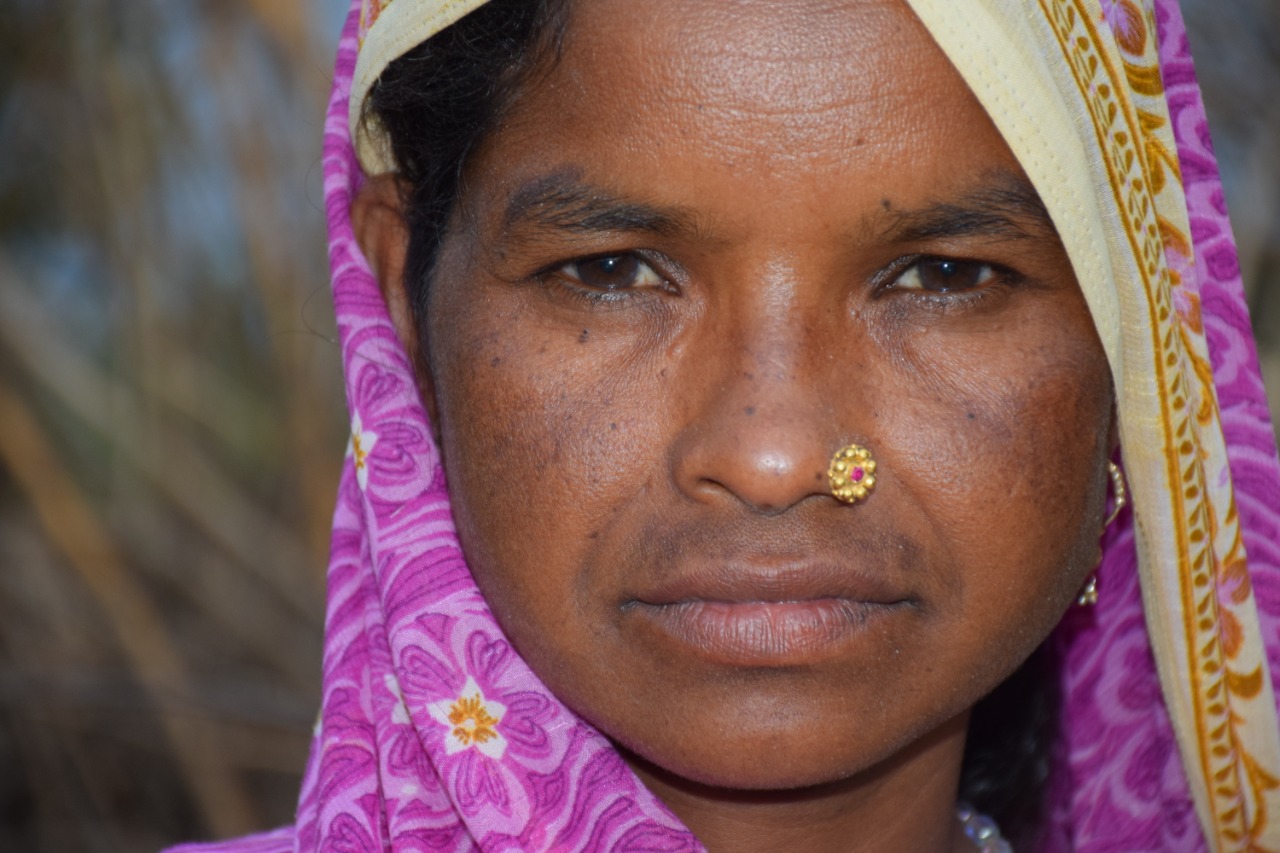
Mental Health Awareness in India: Addressing Key Challenges
8 Nov 2024
Mental health awareness is crucial in India, where millions silently struggle with mental health disorders, including depression, anxiety, and bipolar disorder. Despite growing recognition, India faces unique challenges in effectively addressing mental health issues. The stigma associated with mental illness remains a primary barrier. In Indian society, mental health issues are often misunderstood, leading to […]

Ensuring Girls’ Safety in India: A Path Toward Empowerment
20 Aug 2024
Girls’ safety in India remains a critical issue that has garnered increasing attention over the years. Despite various reforms and efforts from both government and civil society, challenges persist. From street harassment to domestic violence, gender-based discrimination continues to limit the freedom and safety of girls. While significant progress has been made in addressing these […]
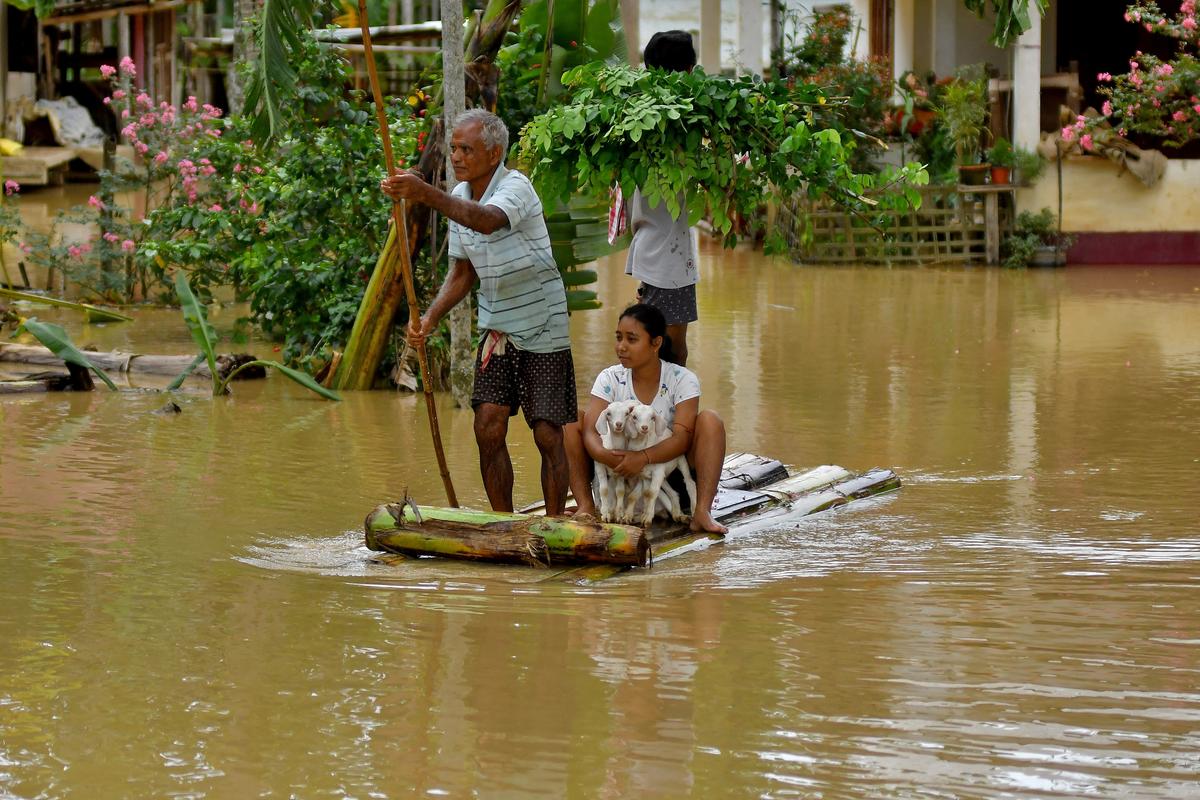
The Connection Between Monsoons and Floods in India: An In-Depth Analysis
9 Jul 2024
India, a land of diverse climates and geographical features, relies heavily on the monsoon season for its agricultural and water resources. However, with the benefits of the monsoon rains come significant challenges, particularly in the form of floods. This blog explores the intricate relationship between the monsoon season and flooding in India, providing detailed insights […]


